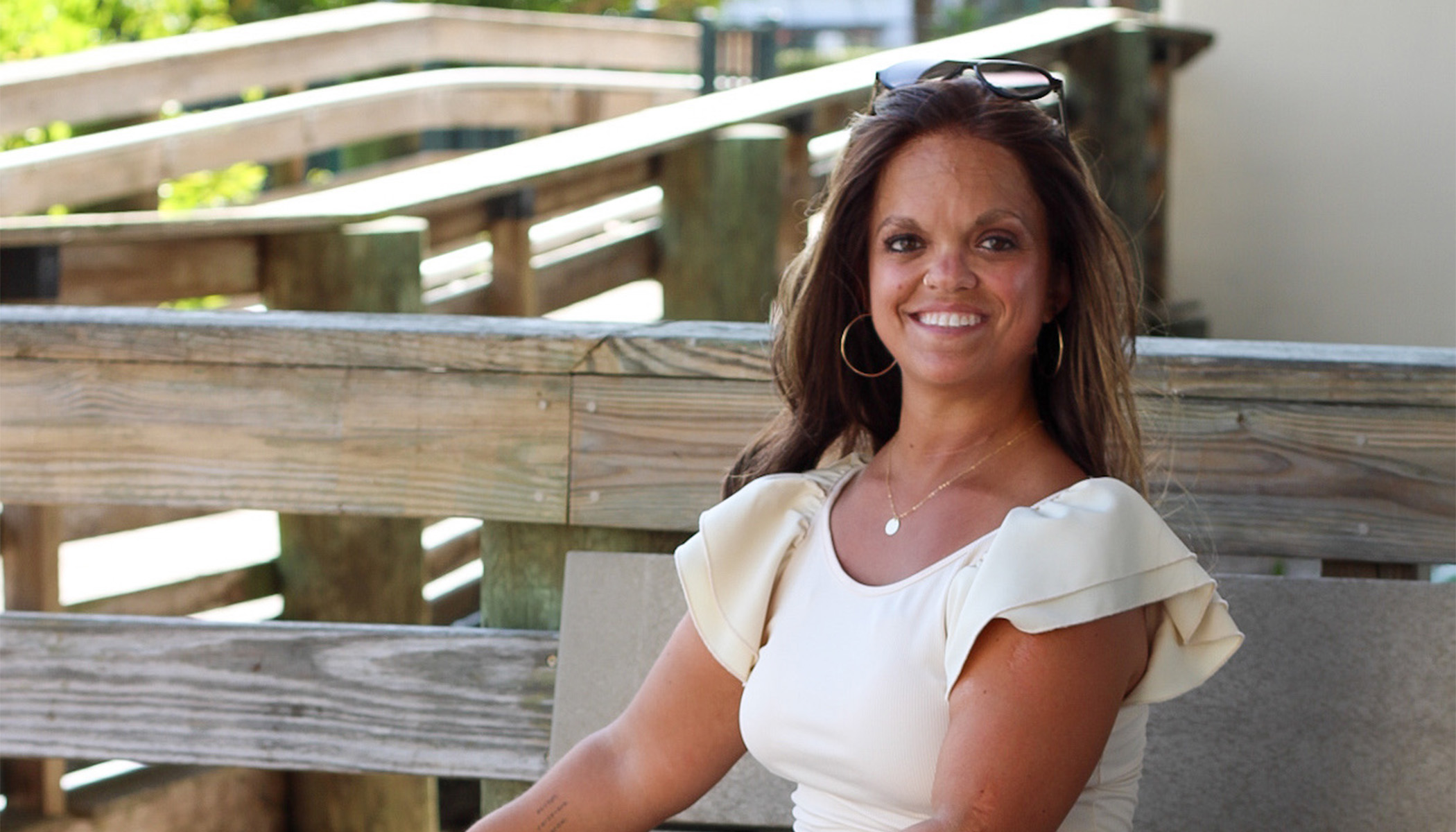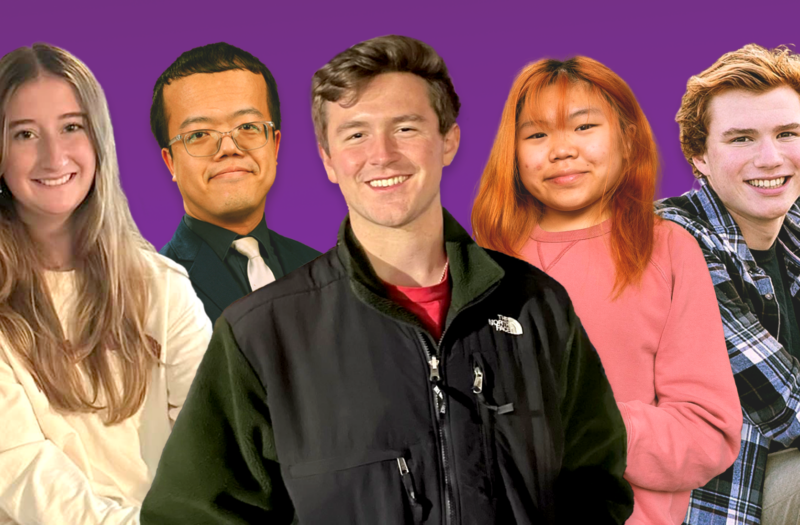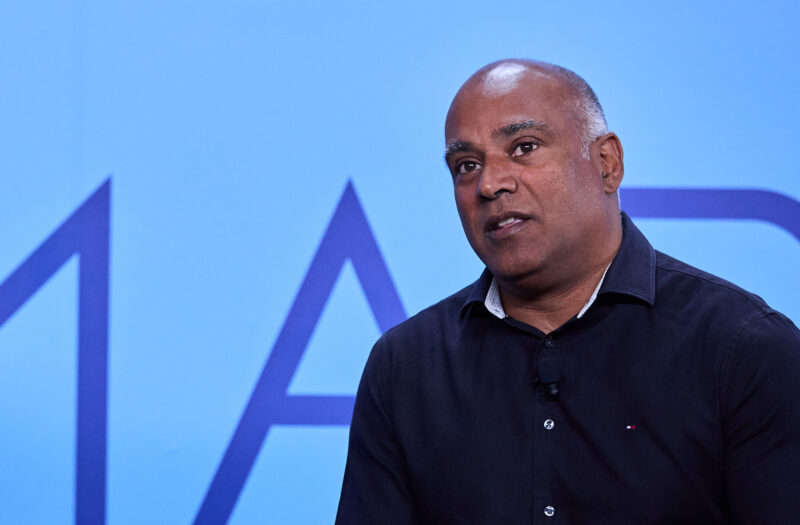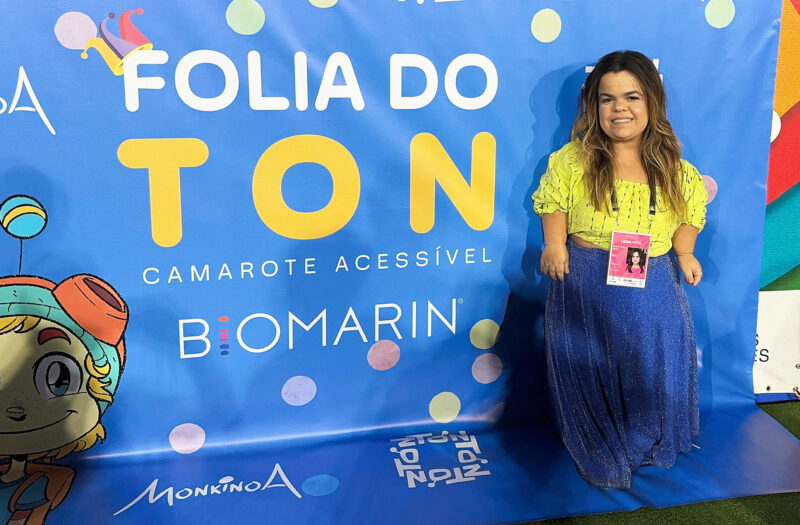Kristen DeAndrade Turns Her Lived Experience into Her Life’s Work
January 23, 2025
Kristen DeAndrade was in elementary school when she first advocated for people with skeletal dysplasia.
“In third grade, we read a book called ‘Thinking Big’ about a little girl named Jaime who has achondroplasia,” Kristen recalls. “The teachers asked me to share my own story with the class.”
It became ritual. Every year Kristen would return to her third-grade class and tell her story to the students who had just read “Thinking Big.”
Kristen didn’t know it at the time, but advocacy would eventually become her life’s work. After years supporting families impacted by skeletal dysplasia, she founded her own nonprofit organization, The Little Legs Big Heart Foundation. The organization’s goals include supporting and empowering individuals with skeletal dysplasia while redefining inclusivity and acceptance within the dwarfism community.
At the end of last year, Little Legs Big Heart hosted its first conference, bringing together nearly 200 members of the skeletal dysplasia community in West Palm Beach, Florida.
Following the conference, we spoke to Kristen about living with achondroplasia, her hopes for Little Legs Big Heart and the choice to make her life mission a career.
Q: Can you tell us about your experience living with achondroplasia?
My parents treated me like an average kid. I did have some accommodations at home and in school, but I played softball, I was a cheerleader, you name it. I’ve always loved to push the boundaries.
As a young child, I didn’t notice much, but in junior high, things became more uncomfortable. Over time, I learned that educating others was the best way to address people’s stares and curiosity. Still, I faced anxiety and depression, often suppressing my feelings. Today, I openly discuss mental health, take medication without shame and advocate for personal work to overcome adversity.
My personal experience with healthcare and undergoing 20 surgeries inspired me to advocate for better healthcare for those with skeletal dysplasia. The challenges of chronic pain, limited specialist access and the need for better treatment for spinal stenosis – the reason for many of my surgeries – are real. I am grateful to be mobile and for my ability to continue to raise awareness about these issues.
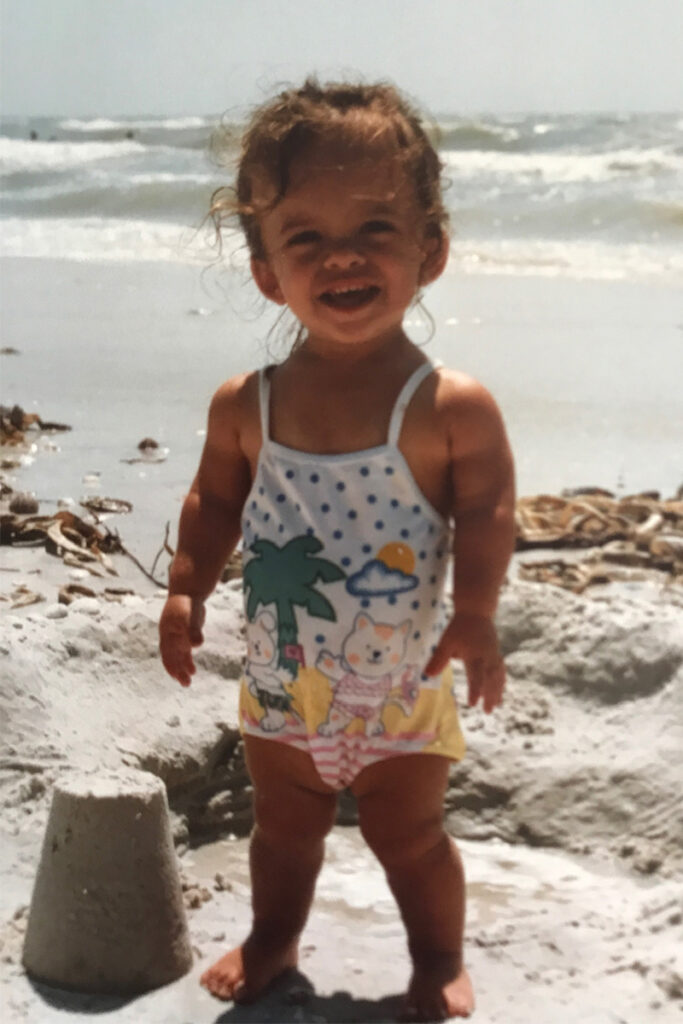
Kristen as a child at the beach.
Q: What initially inspired you to become an advocate for the dwarfism community?
When I chose to undergo limb lengthening, it became obvious to me that lengthening was something frowned upon by many in the community. I didn’t understand – so I started speaking out. There was an article about lengthening in my local newspaper, and I wrote a letter to the editor that was published. From there, I joined online chat rooms, became more outspoken and even shared my story on national television a few times. That led to more frequent connections with others in the community, and I realized those were the connections I craved and missed in my childhood.
That’s where the advocacy took hold. I would journal; I’ve always been a writer. I kept my journals, started writing online, started a blog and then wrote a book. “Little Legs Big Heart” was the title of my blog and book.
Then I started working in the skeletal dysplasia division of a nonprofit called the MAGIC Foundation, and from there I was inspired to create Little Legs Big Heart. For me it’s all about community. Regardless of someone’s personal decisions, whether mental health-related or medical, inclusion means not being excluded. Inclusion means everybody. I want to make sure everyone in the dwarfism community feels included.
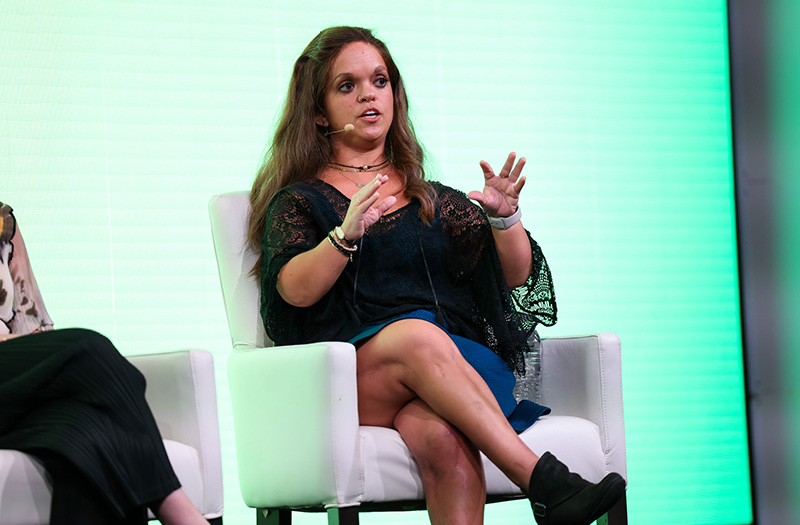
Kristen speaking at an event.
Q: What are some common misconceptions you encounter about achondroplasia?
It’s not just short stature. Certain individuals go their entire lives without needing much more than standard care, while that is not true for others.
Some of us start with medical interventions as kids and need more intensive care for years. I believe this spectrum of lived experience has created a negative stigma around surgery and other treatment interventions, but I wouldn’t be where I am today without the expertise of my doctors.
Aside from that, representation of dwarfism in the media still needs to evolve as well. It’s getting a little better, but not much. We’re still portrayed in degrading and belittling ways, or as a monolith. People see one of us and think one of us is all of us.
Q: You recently co-authored the first international achondroplasia treatment guidelines. What do you hope parents and caregivers of children with achondroplasia will take away from these new guidelines?
I am a firm believer that kids are really smart. I believe that children have a choice, and I believe that as soon as they’re able to make that choice, they should be included. I think the conversations should start early.
I also think that average-height parents need a little space and grace as they are learning about their child’s condition, as well as more holistic guidance about all the options available to them. A productive conversation between caregiver and doctor offers the opportunity to better understand all the complications of achondroplasia, and hopefully this guidance will enable families to feel more comfortable in those decisions.
We’re talking about a child’s future, and the reality is there are some serious medical complications that can arise from skeletal dysplasia. This goes far beyond just height. I truly hope that with this additional guidance, families can feel more comfortable and confident in their healthcare decisions.
Meeting families in person is remarkable and special, especially for younger kids undergoing surgeries or receiving treatment. Knowing they’re not alone is huge.”
Q: What accomplishment are you most proud of since founding Little Legs Big Heart, and what’s next?
The biggest accomplishment so far was hosting our first Little Legs Big Heart Skeletal Dysplasia Conference in November, with 188 attendees. I always wanted to create something that fosters community and never imagined being able to bring that many people together in the first year.
Meeting families in person is remarkable and special, especially for younger kids undergoing surgeries or receiving treatment. Knowing they’re not alone is huge. Since the conference, I’ve had four groups of kids become pen pals, keeping in touch and supporting each other. Knowing I facilitated those connections is the greatest gift.
My next big goal is to create a nationwide directory of skeletal dysplasia specialists, from pediatricians to maxillofacial surgeons. Many people don’t have access to specialists, and a directory would make a significant difference. If I can improve help improve the lives of people in my community, I’m going to do it.
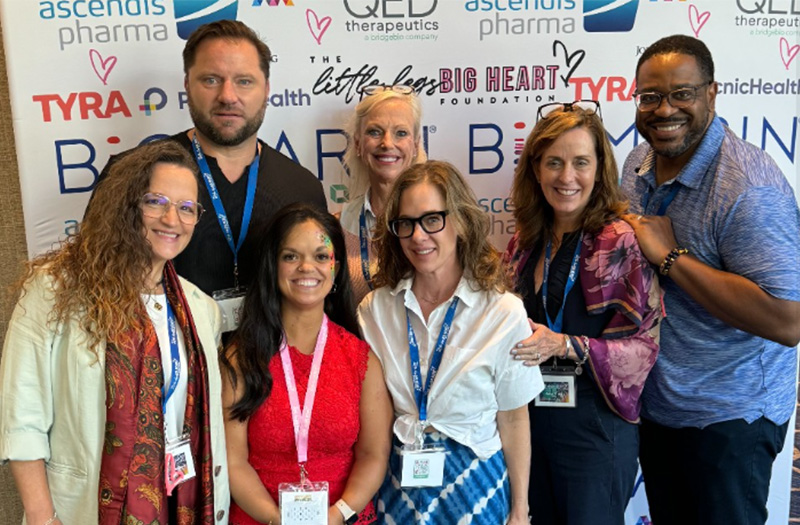
Kristen and BioMarin employees at the Little Legs Big Heart Skeletal Dysplasia Conference.
